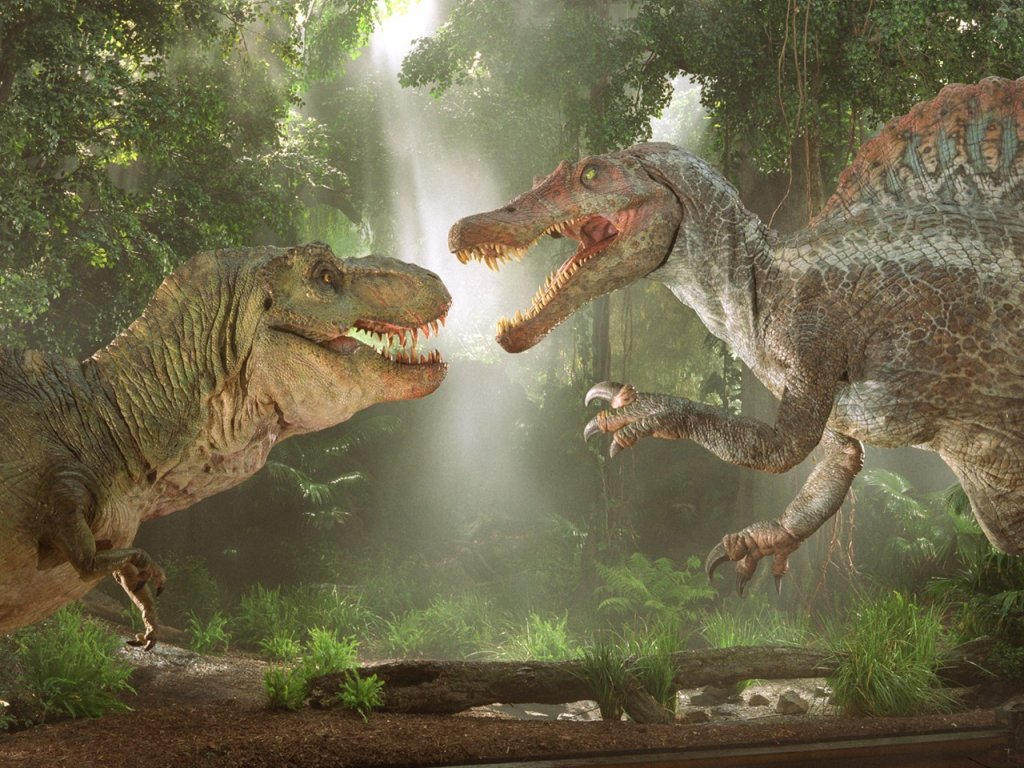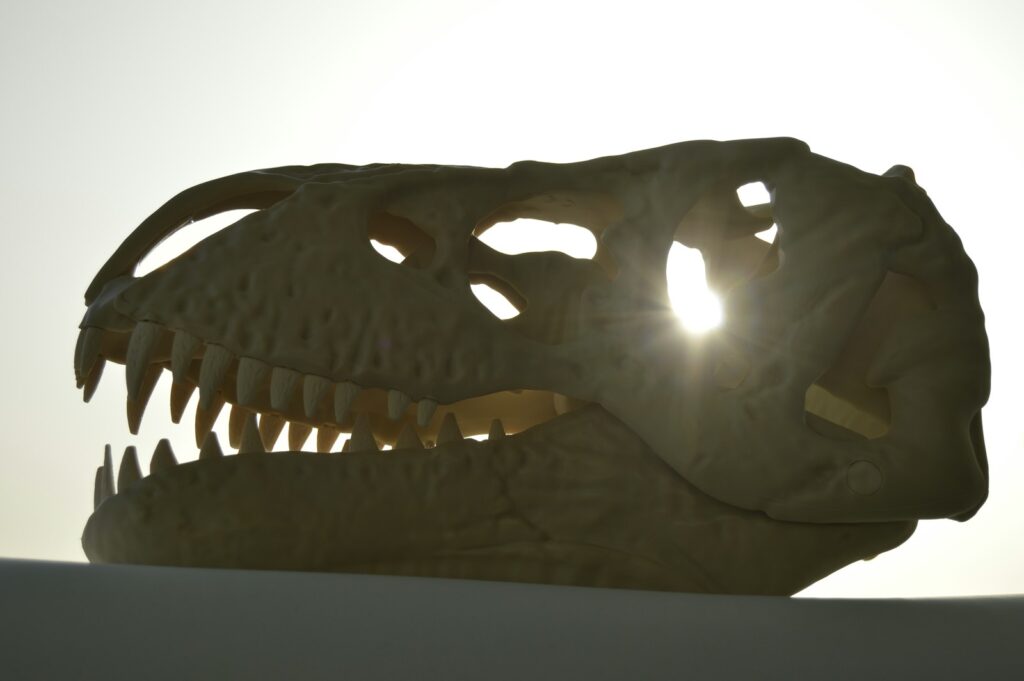The story of dinosaurs is inextricably linked to the dynamic forces that shaped our planet. For millions of years, these magnificent creatures dominated Earth’s landscapes until their sudden disappearance approximately 66 million years ago. While the asteroid impact at the end of the Cretaceous period often takes center stage in extinction narratives, another profound geological process was simultaneously at work: continental drift. This gradual movement of Earth’s landmasses may have played a crucial role in determining which dinosaur species evolved where, creating unique evolutionary trajectories in North America compared to other continents. This article explores how the shifting geography of ancient Earth influenced the diversity, evolution, and ultimately the fate of North American dinosaurs.
The Basics of Continental Drift
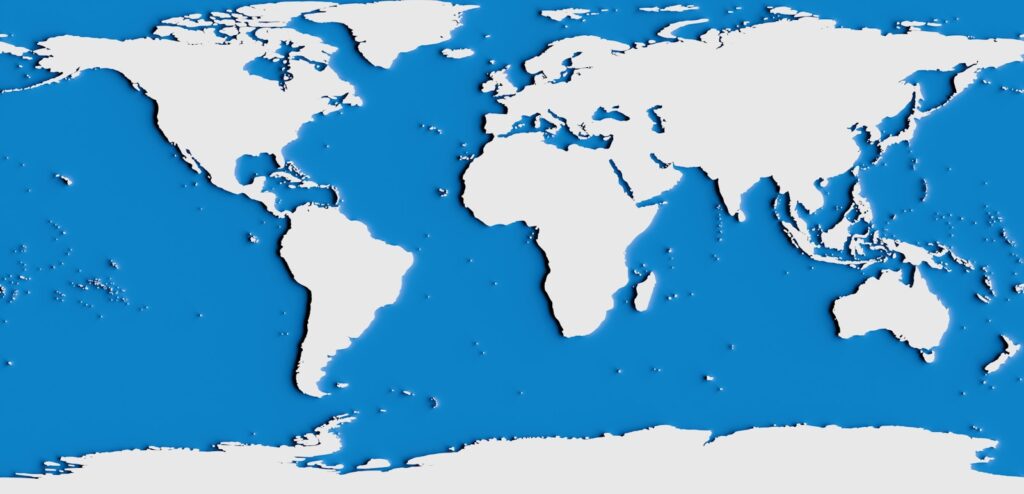
Continental drift refers to the gradual movement of Earth’s continents relative to each other over millions of years. First proposed by Alfred Wegener in 1912, this theory was initially met with skepticism but eventually became accepted as part of the broader understanding of plate tectonics. The Earth’s lithosphere is divided into several large plates that float on the semi-fluid asthenosphere beneath. These plates move at rates of a few centimeters per year—imperceptible to humans but significant when compounded over geological timescales. During the Mesozoic Era (252-66 million years ago), when dinosaurs ruled the Earth, the continents were configured very differently than they are today, beginning as the supercontinent Pangaea before gradually separating into the landmasses we recognize now.
Pangaea: The Dinosaur Superhighway
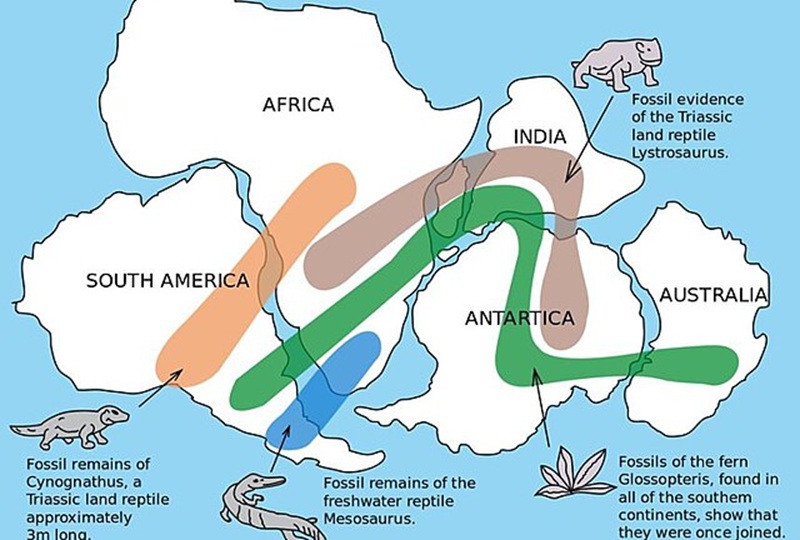
When dinosaurs first evolved in the Late Triassic period around 230 million years ago, Earth’s landmasses were united as the supercontinent Pangaea. This continental configuration allowed early dinosaur species to range widely across what would eventually become separate continents. Fossils of similar early dinosaur species have been found across landmasses that are now widely separated, suggesting they once shared continuous habitats. The existence of Pangaea meant that early dinosaur evolution occurred in a relatively unified ecosystem, allowing for widespread distribution of species. As we examine the fossil record, we can trace how these initially similar populations began to diverge as the continents separated, creating distinct evolutionary lineages including those that would become unique to North America.
The Breakup Begins: Laurasia and Gondwana
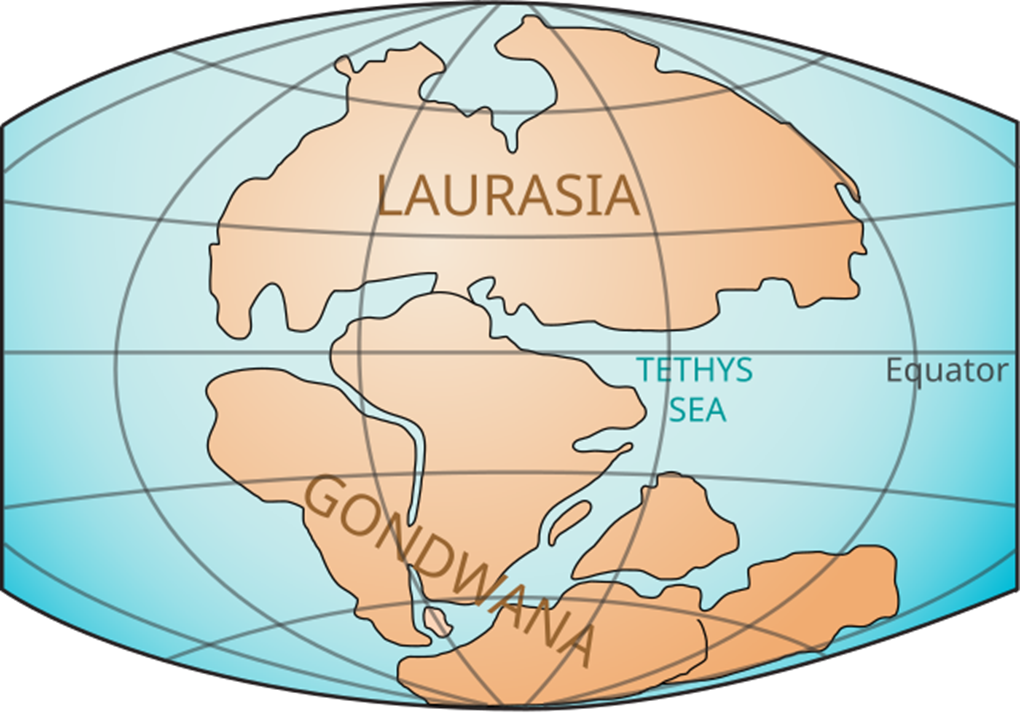
The first major split of Pangaea occurred in the Middle Jurassic period, approximately 175 million years ago, when the supercontinent began breaking into two large landmasses: Laurasia in the north (containing what would become North America, Europe, and Asia) and Gondwana in the south (future South America, Africa, Australia, Antarctica, and India). This initial separation created the first major geographical barrier to dinosaur populations, beginning the process of evolutionary divergence between northern and southern hemisphere species. North American dinosaurs, as part of Laurasia, now found themselves increasingly isolated from their southern relatives. Marine barriers developed between these landmasses, preventing the free movement of terrestrial species and forcing dinosaur populations to adapt to their specific environments without genetic exchange with distant relatives.
North America’s Isolation: The Western Interior Seaway

During the Cretaceous period, North America experienced another significant geological event that further shaped dinosaur evolution—the formation of the Western Interior Seaway. This vast inland sea split North America into two landmasses: Laramidia in the west and Appalachia in the east. This seaway, which extended from the Arctic Ocean to the Gulf of Mexico, existed from about 100 to 70 million years ago and created a significant barrier to dinosaur movement. The isolation of dinosaur populations on either side of this seaway led to distinct evolutionary paths. Fossil evidence shows that different dinosaur communities evolved in these separated regions, with some genera found exclusively on one side of the divide. This internal continental division created a fascinating natural experiment in dinosaur evolution within North America itself.
Laramidia: A Dinosaur Hot Spot
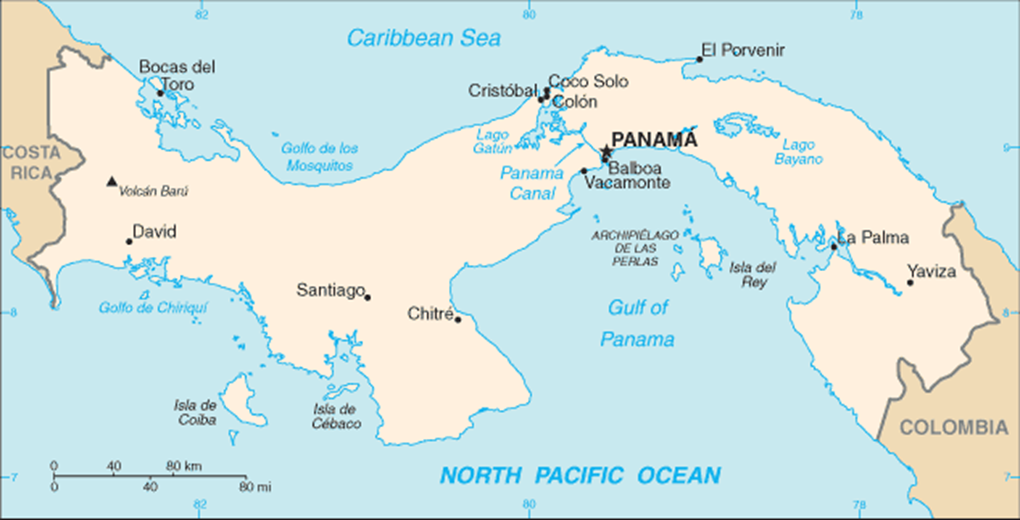
The western portion of divided North America, known as Laramidia, became one of the richest dinosaur habitats in the Late Cretaceous period. This relatively narrow strip of land, stretching from present-day Alaska to Mexico, has yielded some of the most iconic North American dinosaur fossils. Famous dinosaurs such as Tyrannosaurus rex, Triceratops, and Ankylosaurus roamed this region. The unique geography of Laramidia, with its proximity to the sea and varied terrain, created diverse ecosystems that supported a remarkable variety of dinosaur species. Fossil evidence suggests that different dinosaur communities inhabited different latitudinal zones within Laramidia, with distinct northern and southern faunal provinces. This regional specialization demonstrates how geography shaped dinosaur distribution even within the confines of a single landmass.
Appalachia: The Mystery Continent

While Laramidia has provided abundant dinosaur fossils, the eastern portion of North America during the Late Cretaceous—Appalachia—remains more mysterious to paleontologists. Fewer dinosaur fossils have been discovered from this region, partly due to geological factors that affected fossil preservation and exposure. The dinosaurs of Appalachia evolved in isolation from their western counterparts, leading to unique adaptations and species. Notable Appalachian dinosaurs include Dryptosaurus, an early tyrannosaur relative, and Hypsibema, a hadrosauroid. Recent discoveries continue to fill in the gaps in our understanding of Appalachian dinosaurs, revealing a fauna that evolved separately from the better-known western species. The differences between Laramidian and Appalachian dinosaurs highlight how geographic isolation, even within a single continent, can drive evolutionary divergence.
Climate Zones and Dinosaur Diversity

Continental drift not only created physical barriers between dinosaur populations but also affected climate patterns, creating different environmental conditions across North America. As the continent moved and its relationship to other landmasses changed, North America experienced shifts in climate zones that influenced dinosaur evolution and diversity. During the Cretaceous period, North America was positioned farther south than it is today, with much of the continent experiencing warmer, more tropical conditions. These climate conditions supported lush vegetation and diverse ecosystems that allowed for specialized dinosaur adaptations. The north-south orientation of the Western Interior Seaway created distinct climate gradients within North America, contributing to the development of different dinosaur communities at different latitudes.
Comparing Continents: North American vs. Asian Dinosaurs
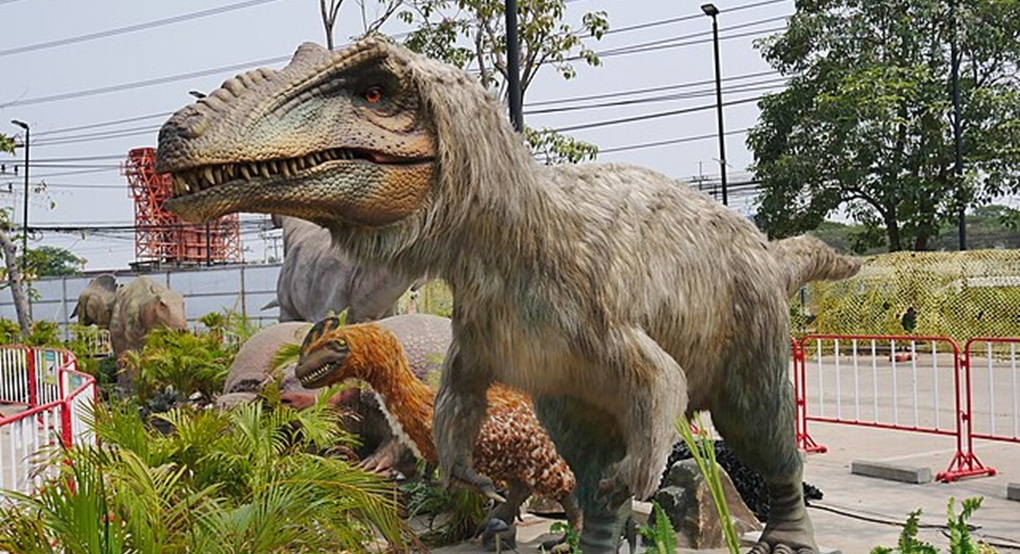
The separation of North America from Asia provides a fascinating case study in continental drift’s impact on dinosaur evolution. During the Early Cretaceous, land bridges periodically connected North America to Asia, allowing for faunal exchanges between the continents. However, as these connections became less frequent and eventually disappeared, dinosaur populations evolved in increasing isolation. Comparing Late Cretaceous dinosaur fossils from North America and Asia reveals both similarities pointing to their common ancestry and differences highlighting their divergent evolutionary paths. For example, tyrannosaurs evolved on both continents but developed into distinct species—Tyrannosaurus rex in North America and Tarbosaurus bataar in Asia. The differing environmental pressures and isolation caused by continental drift led to unique adaptations on each continent.
The Evolutionary Arms Race: Predators and Prey
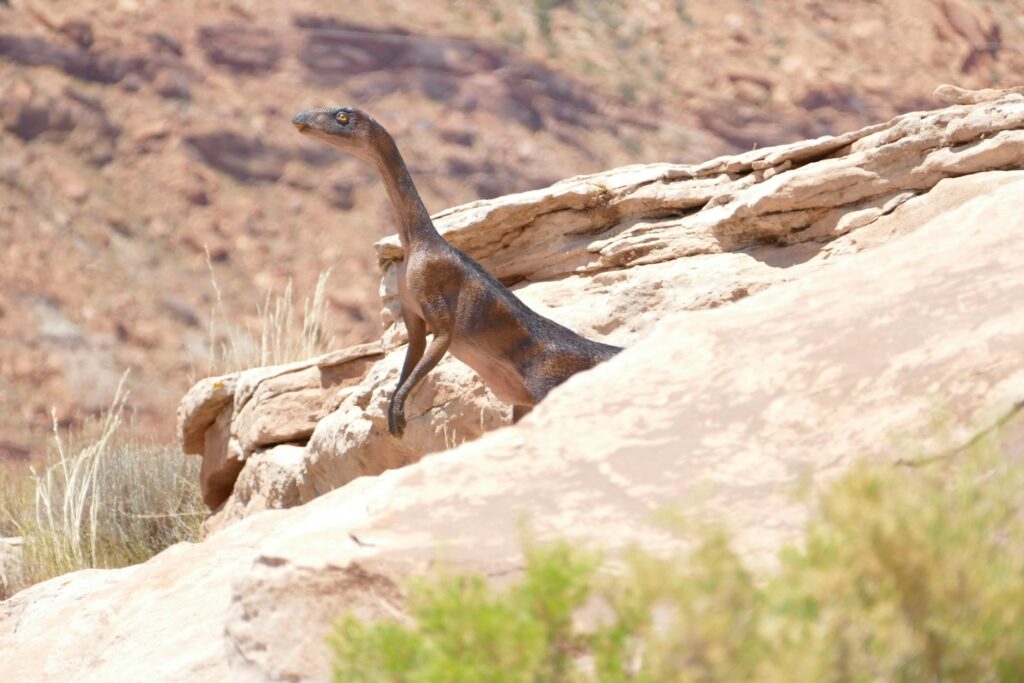
Continental drift created isolated ecosystems where unique predator-prey relationships developed, driving evolutionary adaptations specific to North American dinosaurs. As certain predator species became isolated in North America, their prey species evolved defenses specifically tailored to counter these threats. The classic example is the relationship between Tyrannosaurus rex and the horned ceratopsians like Triceratops, both of which reached their evolutionary pinnacle in Late Cretaceous North America. The massive horns and neck frills of Triceratops likely evolved as defense mechanisms against large tyrannosaur predators, while T. rex developed immense bite force and other specializations to overcome these defenses. This evolutionary arms race, occurring within the geographical confines created by continental drift, produced some of the most specialized dinosaurs known to science.
Volcanic Activity and Continental Boundaries

The movement of tectonic plates didn’t just separate dinosaur populations—it also created zones of intense geological activity that directly impacted dinosaur habitats. As North America separated from other continents, volcanic activity increased along newly formed plate boundaries. The western edge of North America, where the Pacific Plate interacted with the North American Plate, became a zone of significant volcanic activity during the Mesozoic Era. This volcanic activity periodically released ash and gases that affected local and sometimes global climates, influencing dinosaur habitats and food sources. Volcanic deposits have preserved some of our most spectacular dinosaur fossils, while also potentially contributing to environmental stresses that shaped dinosaur evolution through natural selection.
Mountain Building and Habitat Diversification

Continental drift triggered mountain-building processes that created diverse habitats within North America, promoting dinosaur specialization and diversity. The Rocky Mountains began forming during the Late Cretaceous as part of the Laramide orogeny, a mountain-building event triggered by plate tectonic activity. These emerging highlands created new ecological niches and barriers to dinosaur movement, further subdividing populations and promoting speciation. Different dinosaur communities evolved in highland versus lowland environments, with some species developing adaptations specific to mountainous terrain. The creation of these varied habitats through tectonic activity likely contributed to North America’s remarkable dinosaur diversity in the Late Cretaceous, just before the extinction event that would end their reign.
The Final Chapter: Continental Position and the K-Pg Extinction

When the catastrophic Chicxulub asteroid struck Earth 66 million years ago, North America’s position on the globe placed it at the epicenter of destruction. The asteroid impact site in what is now Mexico’s Yucatán Peninsula was part of the North American plate, meaning that North American dinosaurs potentially faced more immediate and severe consequences than those on distant continents. The position of continents also influenced how the subsequent environmental effects—including tsunamis, wildfires, and climate change—impacted different regions. Recent research suggests that dinosaurs in different continental regions may have experienced varying extinction timelines and intensities based partly on their geographic location relative to the impact. Continental drift had positioned North America in the impact’s “kill zone,” potentially contributing to the complete extinction of non-avian dinosaurs on the continent.
Legacy: How Continental Drift Continues to Shape Our Understanding

The movement of continents didn’t stop with the dinosaurs’ extinction, and its ongoing effects continue to influence our discovery and understanding of North American dinosaur fossils. As continents continue to shift, geological processes expose or conceal fossil-bearing rocks, determining which dinosaur stories we can access today. Mountains created by continental collisions erode to reveal fossils, while other areas subduct beneath other plates, taking their fossil records with them. The current distribution of North American dinosaur fossils reflects not only where dinosaurs lived but also where geological conditions have preserved and exposed their remains. Our understanding of dinosaur evolution continues to evolve as new fossils emerge from previously unexplored regions, filling gaps in the story of how continental drift shaped dinosaur destiny.
Conclusion

The story of North American dinosaurs cannot be fully understood without considering the profound influence of continental drift. From their origins on Pangaea to their ultimate extinction, dinosaurs’ evolutionary journey was guided by the shifting geography beneath their feet. The isolation created by the Western Interior Seaway, the unique ecosystems of Laramidia and Appalachia, and North America’s position during the asteroid impact all contributed to the distinctive character and fate of North American dinosaurs. As we continue to unearth fossils and analyze ancient environments, the connection between continental drift and dinosaur evolution becomes increasingly clear, reminding us that even the mightiest creatures are shaped by the restless motion of our dynamic planet.

